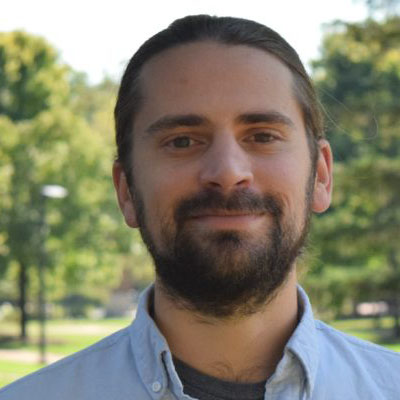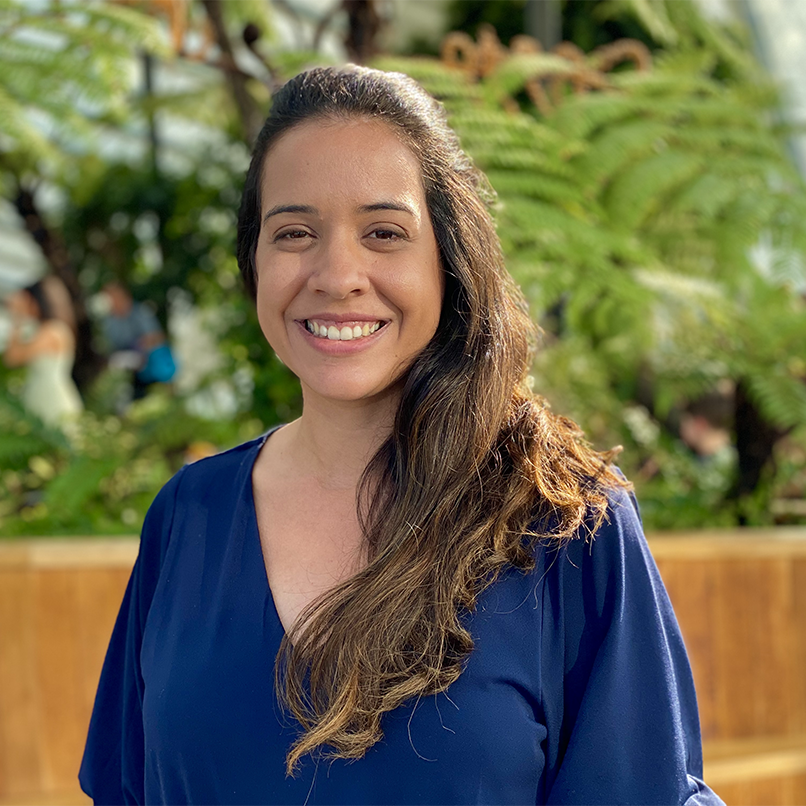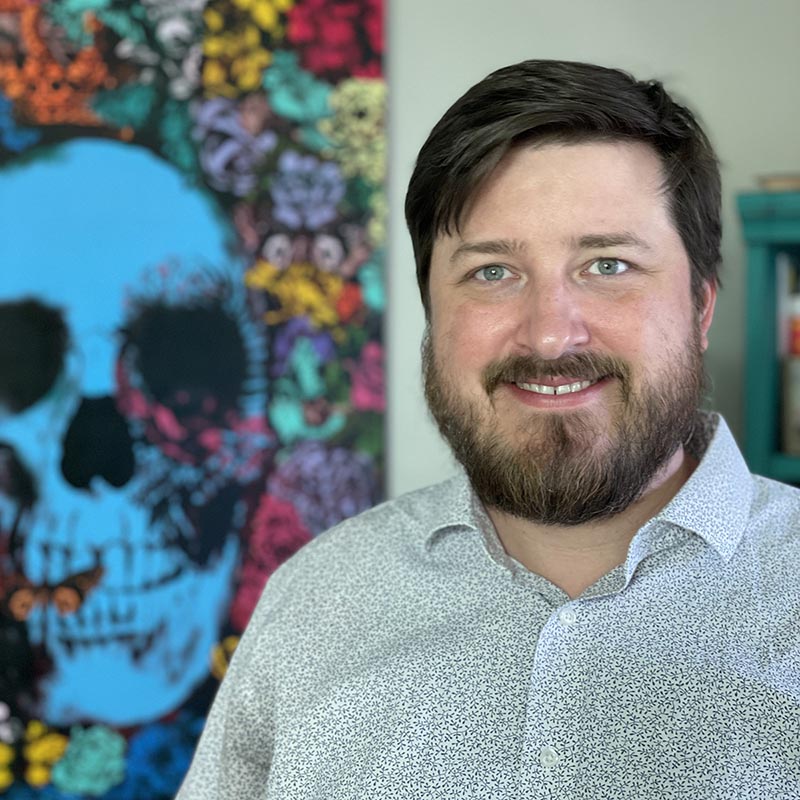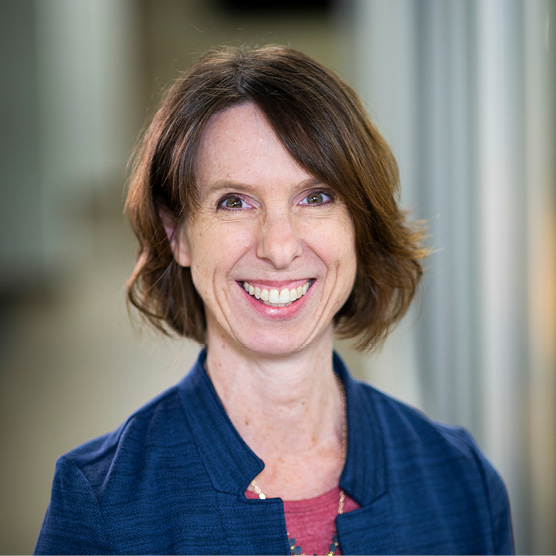Set 1:

Jennifer Roberts, SPH, Director, Public Health Outcomes and Effects of the Built Environment (PHOEBE) Laboratory and NatureRx@UMD, Associate Professor
Social Injustice: The Story of Humboldt Parkway
In 1873, Frederick Law Olmsted and his partner Calvert Vaux designed a 56-acre park originally known as The Parade on the East Side of Buffalo, New York. Later in 1896, The Parade was renamed Humboldt Parkway and redesigned with distinctive Omstedian features, including a wide, tree-lined median and a series of geometric water features. Eventually, this idyllic greenscape became filled with luxurious homes and a thriving business district that attracted many Black American families who were in most instances restricted to living on the East Side. However, a sequelae of events, from White Flight and suburbanization to highway construction and urban renewal, undergirded by racist housing policies and practices, decimated this urban oasis in the 1960s. The Humboldt Parkway area, now occupied predominantly by Black Americans, was bulldozed over and replaced with a six-lane intrusion, the Kensington Expressway, in the name of easier access to Buffalo's suburbia. This presentation will briefly tell the story of Humboldt Parkway and share the current efforts that are being pushed forward to ameliorate this social injustice.

Nicholas Finio, MAPP, Associate Director, National Center for Smart Growth Research and Education (NCSG),
Assistant Research Professor
Gentrification and Displacement in the Purple Line Corridor
The state of Maryland is investing heavily in the new Purple Line light rail which will connect Bethesda, Silver Spring, College Park, and New Carrollton. Research in urban studies and planning has shown that heavy public investment in rail transit can lead to gentrification and displacement of existing residents and businesses. The Purple Line's alignment passes through some of Montgomery and Prince George's Counties most densely populated, majority minority, high poverty areas, which are all at risk for displacement. Dr. Nick Finio is investigating these connections through multiple ongoing research projects funded by Department of Housing and Urban Development, the National Academies of Science, and the Federal Transit Administration. He will share results from recent and ongoing research that highlights how neighborhoods along the Purple Line are changing, and what can be done to prevent displacement.


Rachel Rosenberg Goldstein, SPH, Director, Water Quality, Outreach, and Wellness (WOW) Lab,
Assistant Professor
Priscila B. R. Alves, MAPP, Manager, Stormwater Resilience Infrastructure and Justice (SIRJ) Lab, Postdoctoral Research Associate
Combining Environmental Health Assessments with Infrastructure Planning and Participatory Research to Evaluate Risks from Sanitary Sewer Overflows and Basement Backups
Exposure to raw sewage from failing infrastructure can lead to negative health outcomes, distress, and feelings of disenfranchisement, particularly in marginalized urban communities. Over 75,000 sanitary sewer overflows (SSOs), the release of untreated sewage from a municipal sewer system, occur annually in the U.S. As a result, communities are persistently exposed to raw sewage, likely containing waterborne pathogens and possibly antibiotic-resistant (AR) bacteria. We visited 39 homes in Baltimore City, MD where backups occurred and conducted visual household inspections, residential surveys, and interviews about impacts and experiences with these events. We also collected water (n=6) and surface swab samples (n=40) from impacted indoor areas. Water and surface samples were analyzed for E. coli and AR bacteria, including methicillin-resistant Staphylococcus aureus. 55% of survey respondents had experienced SSOs or backups within the previous 6 months, however many ranked the condition of their home sewer lines as good or excellent. Our preliminary results identified E. coli in 16% of water and 20% of surface samples. One surface and one water sample contained antibiotic-resistant S. aureus. Only 70% of survey respondents had done clean-up or remediation after a sewage overflow event. Climate change will continue to stress crumbling infrastructure, potentially exposing communities to pathogens.
This work has been co-authored by: Marccus D. Hendricks, MAPP, Director, Stormwater Resilience Infrastructure and Justice (SIRJ) Lab, Associate Professor, webpage and Emily M. Healey, SPH, PhD student.

Stefan Woehlke, MAPP, Historic Preservation Program Post-doctoral Associate
The Legacy of Intersecting Forces on the Built Environment: The Example of North Brentwood
North Brentwood is one of many historic Black communities within a few miles of our campus. It was established when the Randall Family built the first home in 1893 and was incorporated as North Brentwood in 1924. This made it the second town in the state to be governed by its own black residents. Its location and history are shaped by the intersection of social, political, and environmental factors that continue to impact the community to this day. This presentation will briefly outline the town’s history and highlight the work that the School of Architecture, Planning, and Preservation has done there, with an emphasis on recent historic preservation and archaeological research.
Set 2:

Mohammad Gharipour, MAPP, Area Chair / Director, Architecture Program, Professor
A Novel Approach to Locating Community Clinics to Promote Health Care Accessibility and Reduce Health Disparities in Baltimore, Maryland
Baltimore, Maryland’s entrenched racial residential segregation renders the city’s world-class medical facilities and services inaccessible to many Black residents living in its most divested neighborhoods. Arguing the need for post-pandemic health care facilities to address health inequities as a practice of care-giving, this article describes a project funded by the National Institutes of Health (NIH) to define a novel, transdisciplinary methodology for identifying ideal vacant sites for conversion into community clinics in Baltimore’s most vulnerable neighborhoods. Positioning architecture as a social determinant of health, this paper suggests methodological reorientations toward a compassionate approach to clinic design and placement.

Chester Harvey, MAPP, Director, National Center for Smart Growth Research and Education (NCSG) Transportation Policy Research Group,
Senior Faculty Specialist
Who Has Access to Walkable Streetscapes
Walkability is often evaluated in terms of proximity to everyday destinations such as grocery stores, schools, and parks. While straightforward to measure, this approach ignores more nuanced aspects such as the design quality of walking environments. Streetscapes that are uncomfortable or unenjoyable may pose barriers to walking even if destinations are nearby. This presentation shares findings from my recent research substantiating how walkers prefer streetscapes with smaller, more human scale dimensions, and introduces a new project investigating inequities in access to such walkable streetscapes in and around Baltimore and Washington, D.C. I use detailed urban morphology data to computationally measure streetscapes throughout these urban regions and examine how they relate to demographics and more traditional measures of walkability. These high-level analyses may be used to identify neighborhoods where destination and design aspects of walkability are misaligned, or where disadvantaged populations may lack access to walkable design. Human scale streetscapes in disadvantaged neighborhoods may also provide an early warning for gentrification risk. Identifying walkable streetscape design and acknowledging its importance will be crucial for planning walkability as a more equitably distributed resource.

Nneoma Maxine Ugwu, ENGR, Civil and Environmental Engineering (Transportation) PhD Candidate,
Equity and Access to Electric Vehicles and Charging Infrastructure in Maryland
The transportation sector is a leading contributor to the “big” challenge of climate change. Electric Vehicles (EVs) which have zero tailpipe emissions are a sustainable and eco-friendly means of transportation and a substitute for conventional Internal Combustion Engine (ICE) vehicles. However, the current EV market penetration by minority and low-income communities is low. While EV use is growing rapidly in well-to-do, mostly White communities, minority neighborhoods are being left behind. This is partly because EV infrastructure, policies, plans and programs, research, and initiatives often are not inclusive of the unique needs of minority and lower-income communities which could lead to large-scale in-equality in the EV future. My dissertation aims to identify equity gaps in EV adoption and access to charging stations in Maryland. As part of this work, I am conducting an EV Equity Survey engaging over 700 Maryland responders to understand the views, preferences, needs, and perceived barriers of minority communities to electric vehicle adoption and charging infrastructure. The results show the stated preference needs and barriers to entry of disadvantaged communities. I am also conducting an accessibility study of Maryland Charging Stations using data from the Alternative Fuel Data Center (AFDC). The findings from this study provide policymakers and planners with insights from the minority communities to enable an equitable transition to EV technology and deployment of future Charging stations.

